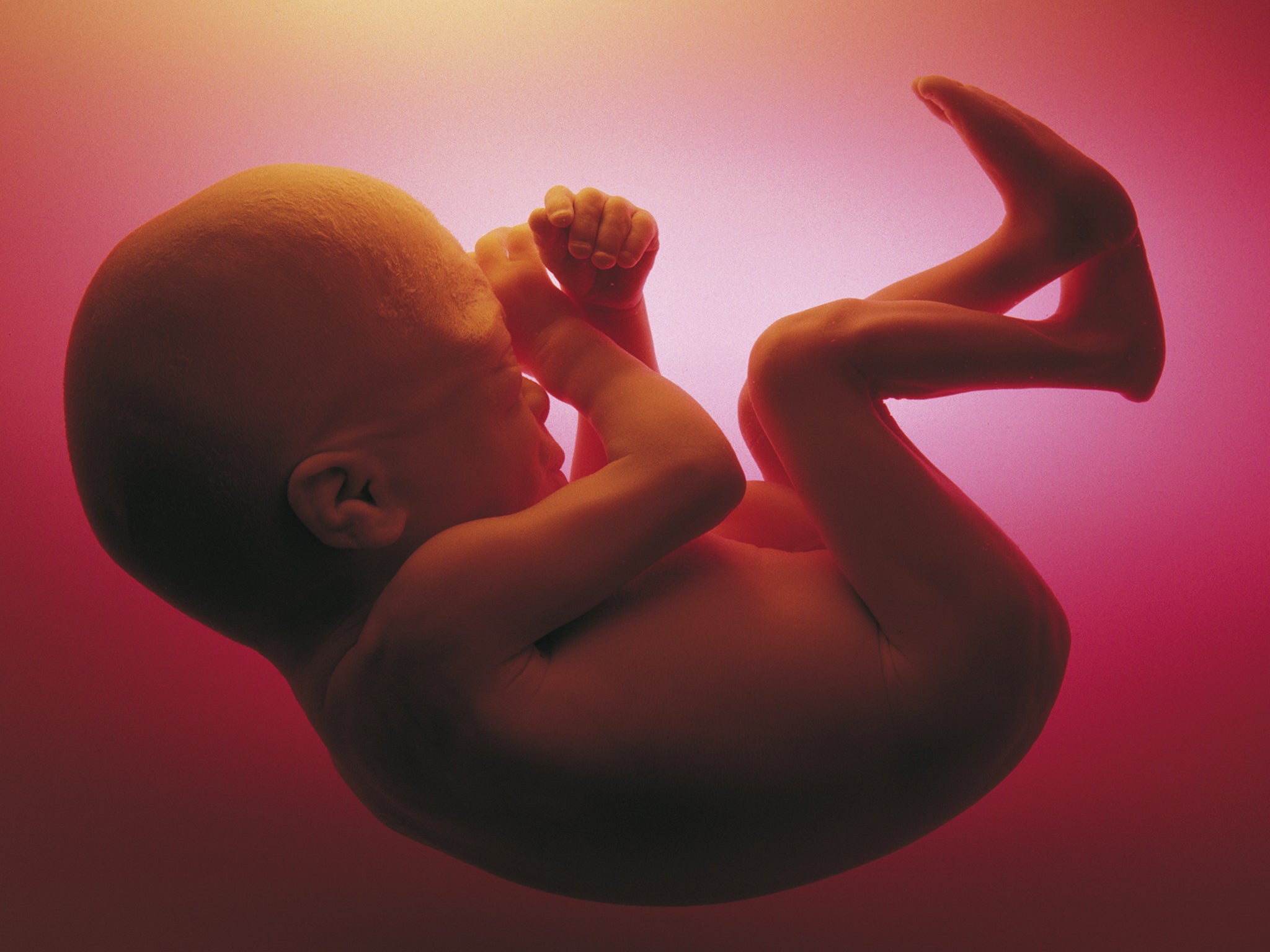Dead foetus found inside boy who complained of stomach ache
The 'baby inside a baby' had hands, legs, nails and a head

Your support helps us to tell the story
From reproductive rights to climate change to Big Tech, The Independent is on the ground when the story is developing. Whether it's investigating the financials of Elon Musk's pro-Trump PAC or producing our latest documentary, 'The A Word', which shines a light on the American women fighting for reproductive rights, we know how important it is to parse out the facts from the messaging.
At such a critical moment in US history, we need reporters on the ground. Your donation allows us to keep sending journalists to speak to both sides of the story.
The Independent is trusted by Americans across the entire political spectrum. And unlike many other quality news outlets, we choose not to lock Americans out of our reporting and analysis with paywalls. We believe quality journalism should be available to everyone, paid for by those who can afford it.
Your support makes all the difference.A four-year-old boy who had complained of a stomach ache turned out to have a foetus inside him.
The child, from a village in the Indian state of West Bengal, was taken to hospital last week after suffering from severe stomach pain, according to the International Business Times.
Doctors initially suspected that the boy had a tumour, but were shocked when scans revealed that there was a dead foetus within his abdomen.
The medical condition, referred to as foetus in foetu, or a ‘baby within a baby’, is extremely rare, with just one in every 500-600,000 reportedly suffering from it.
Dr Shirshemdu Giri, who led the team of doctors who operated on the boy, told IBN Live: “The dead embryo which had hands, legs, nails and a partially formed head was removed from the child’s body after a long operation. The boy is alright, now still under close observation.”
Foetus in foetu is an abnormality which occurs when a mass of tissue, resembling a foetus, forms inside the body.
The two main explanations for the occurrence are that the mass is a very highly differentiated form of a cyst, and that the ‘parasitic’ foetus was a twin of the now host twin.
Very early in a twin pregnancy, one foetus wraps around and envelops the other and the enveloped twin becomes a parasite, in that its survival depends on the survival of the host twin, by drawing on the host’s blood supply.
Join our commenting forum
Join thought-provoking conversations, follow other Independent readers and see their replies
Comments